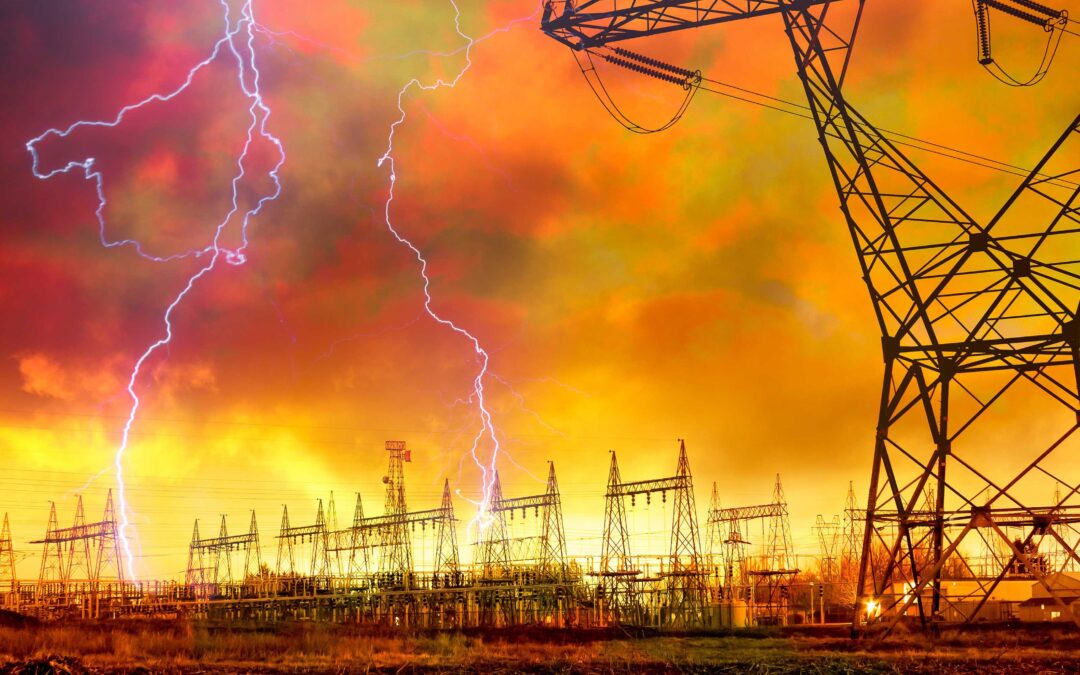- Climate change and increased heat in South America impacts the electrical grid, affecting supply and demand.
- Heat-induced grid failures affect energy supply, infrastructure, public health, and economic stability.
- South America must combine technological innovation, infrastructure upgrades, policy support, and community engagement to ensure grid resilience.
Rising temperatures due to climate change in South America can impact the electrical grids. The heat affects the supply and demand sides of electricity and the infrastructure. Countries like Argentina, Brazil, Colombia, and Chile are already dealing with high energy demand, aging infrastructure, and growing reliance on renewable energy. Increasing heat waves increases the likelihood of power line sagging, transformer overheating, and equipment failure, leading to blackouts. Climate-related factors could impact generation as the countries are investing in solar and wind energy. These factors include weather, shifting wind patterns, and cloud cover. The region can address these challenges through technological innovation, policy interventions, and significant investment. Failure to address these challenges could result in energy insecurity, economic losses, and adverse social implications. Addressing climate change issues could enhance grid resilience and adapt to changing conditions.
Implications of climate change and heat on South America’s electrical grid
South America’s electrical grid is vulnerable to climate change, especially due to rising temperatures, extreme weather events, and changing rainfall. Most countries are facing challenges in maintaining grid stability and energy security. This includes countries like Argentina, Brazil, Colombia, and Chile. The region can ensure a resilient grid in changing climates. This is through energy storage expansion, grid modernization, diversified energy sources, and regional cooperation. Discussed below are the impacts of climate change and increased heat on the electrical grids.
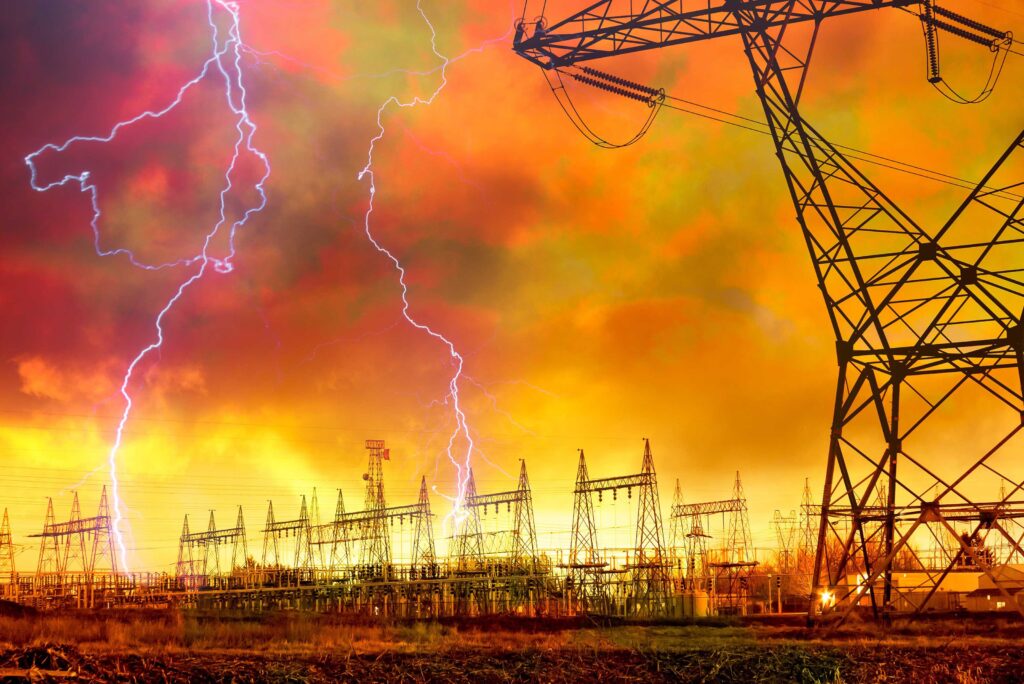
- Rising energy demand—rising temperatures lead to increased demand for air conditioning and refrigeration. This leads to higher peak electricity demand in densely populated areas. Overloaded power systems may experience frequent outages and needs costly upgrades to meet energy consumption.
- Thermal power plant inefficiencies—fossil fuels and nuclear power plants need cooling, but higher temperatures reduce efficiency and water availability, which impacts generation capacity. Higher operational costs and reduced power output lead to possible energy shortages.
- Grid infrastructure failures—intensive heat causes transformers, substations, and power lines to overheat. This increases the likelihood of failures, outages, and maintenance costs for grid operators.
- Renewable energy integration challenges—climate variability can impact generation efficiency and grid reliability in South America’s solar and wind energy. Backing renewable energy with energy storage solutions and diversifying sources can ensure reliability.
- Hydropower disruptions—climate change causes prolonged droughts that reduce water availability. This is especially because hydropower supplies over 50% of South America’s electricity. Droughts increase reliance on thermal power and imported energy. This increases costs and carbon emissions.
- Transmission and distribution infrastructure—Increased temperatures can cause overheating of transformers, transmission lines, and other grid infrastructure. This leads to equipment failures, reduced lifespan of assets, and increased maintenance costs.
Risks of heat-induced grid failures in South America
Heat-induced grid failures poses risks to South America as climate change intensifies heatwaves. These risks affect energy supply, infrastructure, public health, and economic stability. Addressing these challenges needs grid modernization, diversification of energy sources, demand-side management, and climate resilience planning. This will also need proactive measures and coordinated efforts among governments, utilities, and stakeholders to mitigate the risks of heat-induced grid failures. It will also ensure a stable and sustainable energy future for South America.
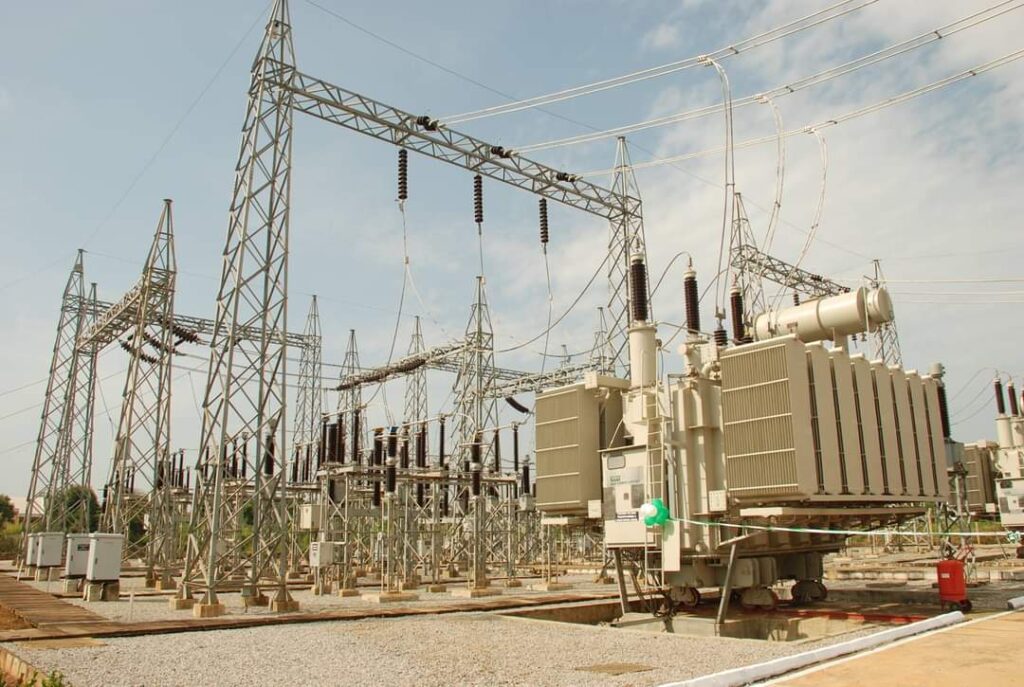
- Infrastructure vulnerabilities—high temperatures can cause transformers, transmission lines, and other grid components to overheat. Heat can cause physical expansion of materials used in power lines and other infrastructure. This can lead to sagging lines, short circuits, and even fires.
- Impact on hydropower generation—most South American countries depend on hydropower for electricity generation. This is including Brazil and Colombia. Increased heatwaves reduce water levels in reservoirs and limit the capacity of hydroelectric dams.
- Economic impacts—power outages can disrupt businesses, leading to reduced productivity and economic losses. Industries dependent on power supply, like manufacturing and data centers, are vulnerable. The need to repair damaged infrastructure and invest in grid resilience measures can place a financial burdens.
- Environmental risks—backup generators produce higher emissions than grid-supplied electricity. This contributes to air pollution and greenhouse gas emissions. Heat-induced grid failures can disrupt the integration of renewable energy sources.
- Infrastructure challenges—most South American countries have aging infrastructure designed to handle the increased stress from heatwaves.
- Increased demand for cooling—Increased heat leads to demand for air conditioning and cooling systems. Countries like Argentina, Brazil, and Chile are vulnerable to grid failures.
Challenges facing renewable energy amid climate change and heat in South America
South America is a leader in renewable energy production in the transition towards clean energy. Renewable energy is crucial for the region’s energy transition and provides potential to reduce greenhouse gas emissions. It also helps enhance energy security and promote sustainable development. However, the sector faces challenges in scaling up renewable energy amid climate change and increased heat. Here are the main challenges:
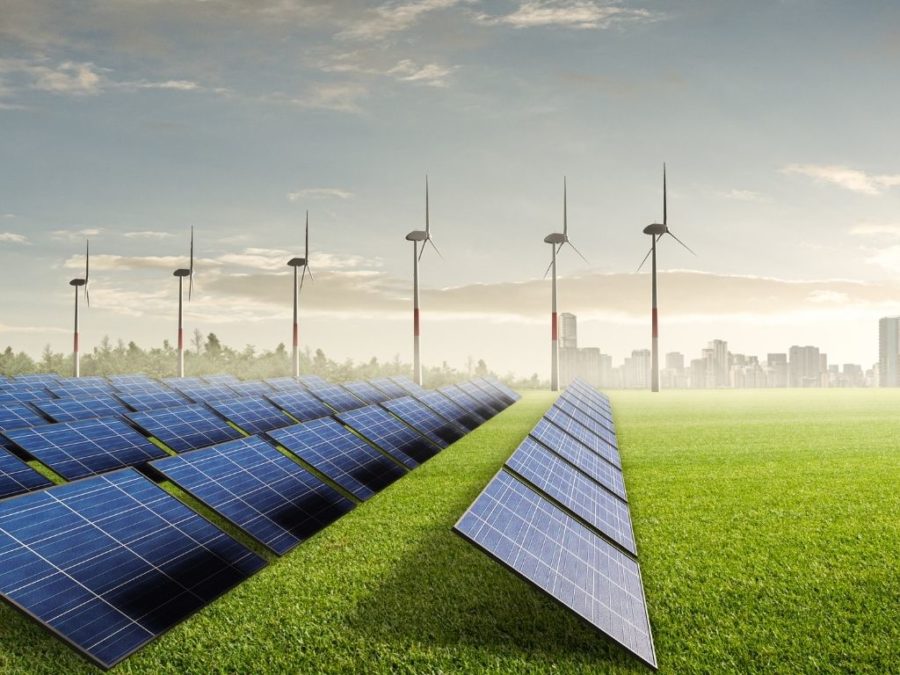
- Solar power efficiency—high temperatures can reduce the efficiency of solar panels. Solar PV panels operate less efficiently with increased temperatures. This leads to lower electricity output. Increased heat and drought conditions lead to higher levels of dust and air pollution.
- Wind power variability—climate change can disrupt wind patterns, which affects the reliability and predictability of wind power generation. Increased frequency of extreme weather events can damage wind turbines.
- Energy storage and grid integration—the intermittent nature of solar and wind energy poses challenges for grid stability. This needs significant investment in energy storage systems. The region also has aging grid infrastructure that may not be able to handle the integration of large-scale renewable energy.
- Financial barriers—renewable energy projects need high upfront costs, particularly solar and wind energy. Additionally, inconsistent policies and regulatory frameworks can create uncertainty for investors. This hinders the development of renewable energy projects.
- Technological challenges—some renewable energy technologies are still under development and may not be affordable. This would also need skilled workers in design, installation, and maintenance.
- Climate resilience—renewable energy infrastructure is vulnerable to extreme weather events such as hurricanes, floods, and wildfires. Incorporating climate resilience into the planning and design of renewable energy projects.
Solutions to enhance grid resilience amid climate change and increased heat in South America
Enhancing grid resilience in South America amid climate change needs a comprehensive approach. The region must address various challenges posed by rising temperatures, extreme weather events, and growing energy demand. This requires a combination of technological innovation, infrastructure upgrades, policy support, and community engagement. Below are the key solutions to enhancing grid resilience amid climate change and heatwaves.
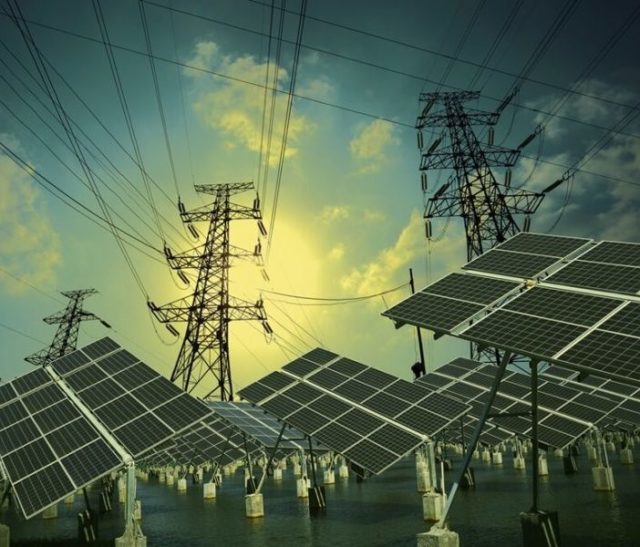
- Smart grid technologies—smart grid technologies like advanced sensors, real-time monitoring, and automated control systems can improve grid management. Distributed energy resources can decentralize power generation and reduce reliance on centralized systems.
- Energy diversification—an increased share of renewable energy sources can reduce dependence on hydropower and fossil fuels. Diversification helps mitigate the risks related to climate-induced variability in any single source.
- Energy storage solutions—this includes investing in large-scale battery storage systems. These systems can store excess energy generated during periods of low demand and releasing it during peak demand. The solutions also include pumped hydro storage and thermal storage.
- Infrastructure upgrades—upgrading transmission and distribution infrastructure can help withstand extreme weather events. South America can also install advanced cooling systems for transformers and other critical grid components.
- Climate resilience—the region can also conduct comprehensive risk assessments to identify vulnerable areas and infrastructure. Developing adaptive planning strategies with climate projections allows for flexible responses to changing conditions.
- Policy and regulatory support—the region can also provide financial incentives such as grants, subsidies, and tax credits. This could encourage utilities and private investors to invest in grid resilience measures.
- Regional cooperation—grid resilience could enhance regional energy integration and cross-border electricity trade to improve energy security. It could also ease knowledge sharing and collaboration among South American countries.
The path ahead
South America has a diverse energy landscape with energy sources ranging from solar, wind, and hydropower. Climate change and increased heat can impact the electrical grid and increase the risk of failures. This leads to increased demand for cooling, coupled with the vulnerability of hydropower to droughts and the inefficiency of thermal power plants in high temperatures. Extreme weather events such as wildfires, storms, and floods may worsen the risks to grid infrastructure, leading to blackouts and economic losses. Heat-induced grid failures pose significant risks to energy security, public health, and economic stability. Dependence on hydropower in countries like Brazil and Colombia makes the region susceptible to climate-induced variability in water availability.
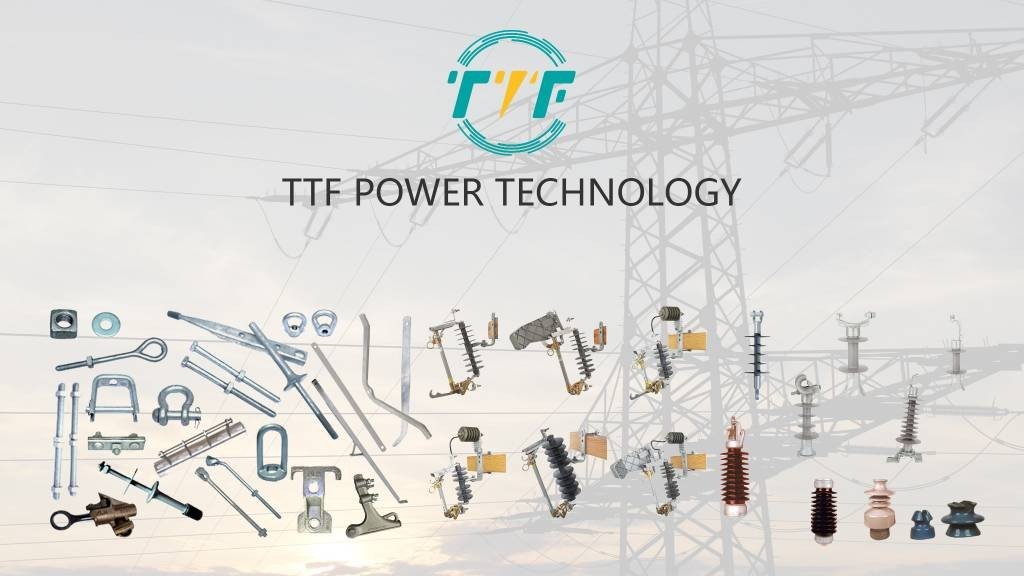
South America’s abundant renewable energy resources have the potential to lead the way in innovative energy solutions. The region can also address the vulnerabilities of its electrical grid and embrace the opportunities presented by renewable energy. This can help the region enhance energy security and contribute to global efforts to combat climate change. TTF Power supports the development of resilient power systems that can withstand climate change and extreme temperatures. We are a one-stop shop for utility pole hardware fittings, transmission line accessories and power line construction equipment. We provide our customers with the most extensive range of products in the industry, excellent value, and knowledgeable service. TTF is a world-class global provider of high-quality overhead line hardware, transmission hardware, distribution hardware, conductors, insulators, cutout switches, anchoring, and grounding products. Subscribe to our newsletter for weekly energy and product updates.

